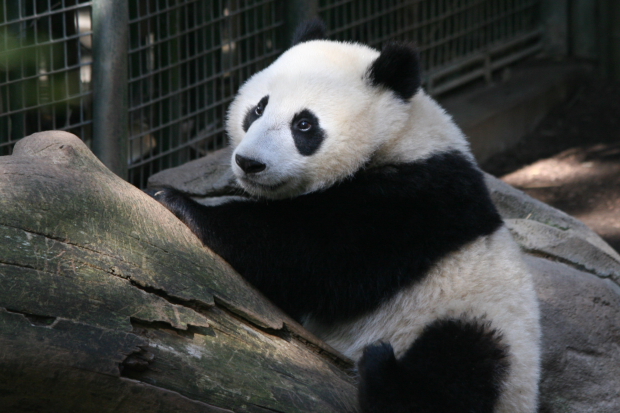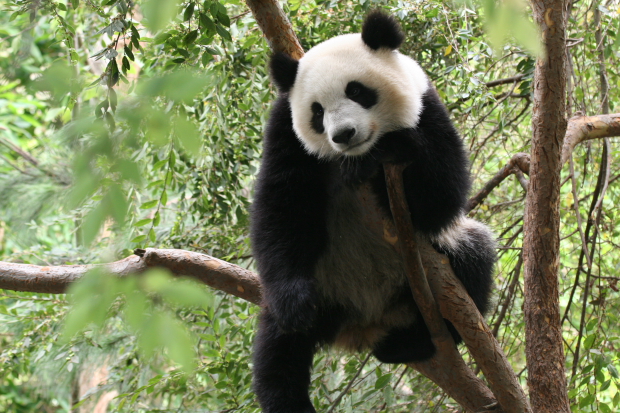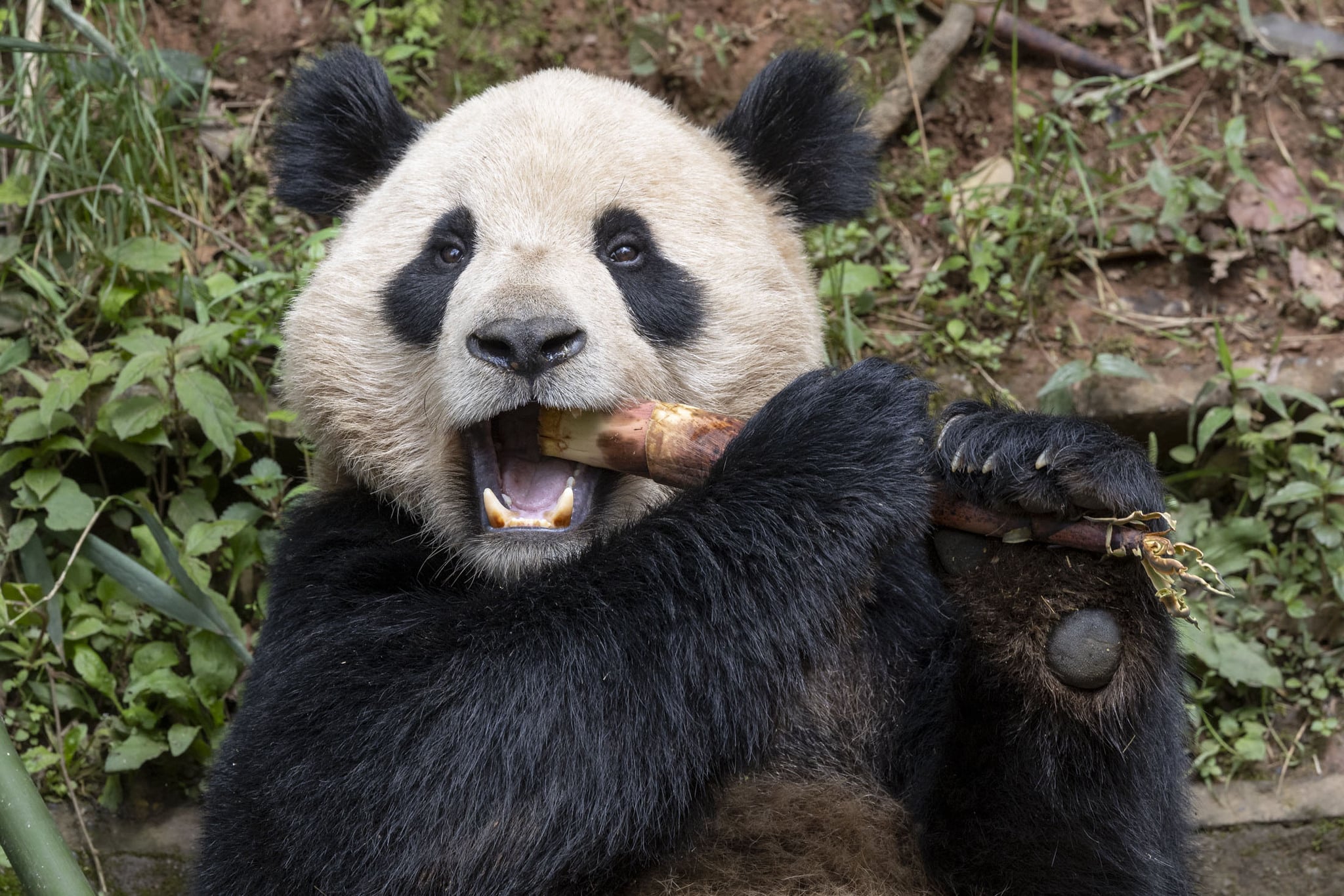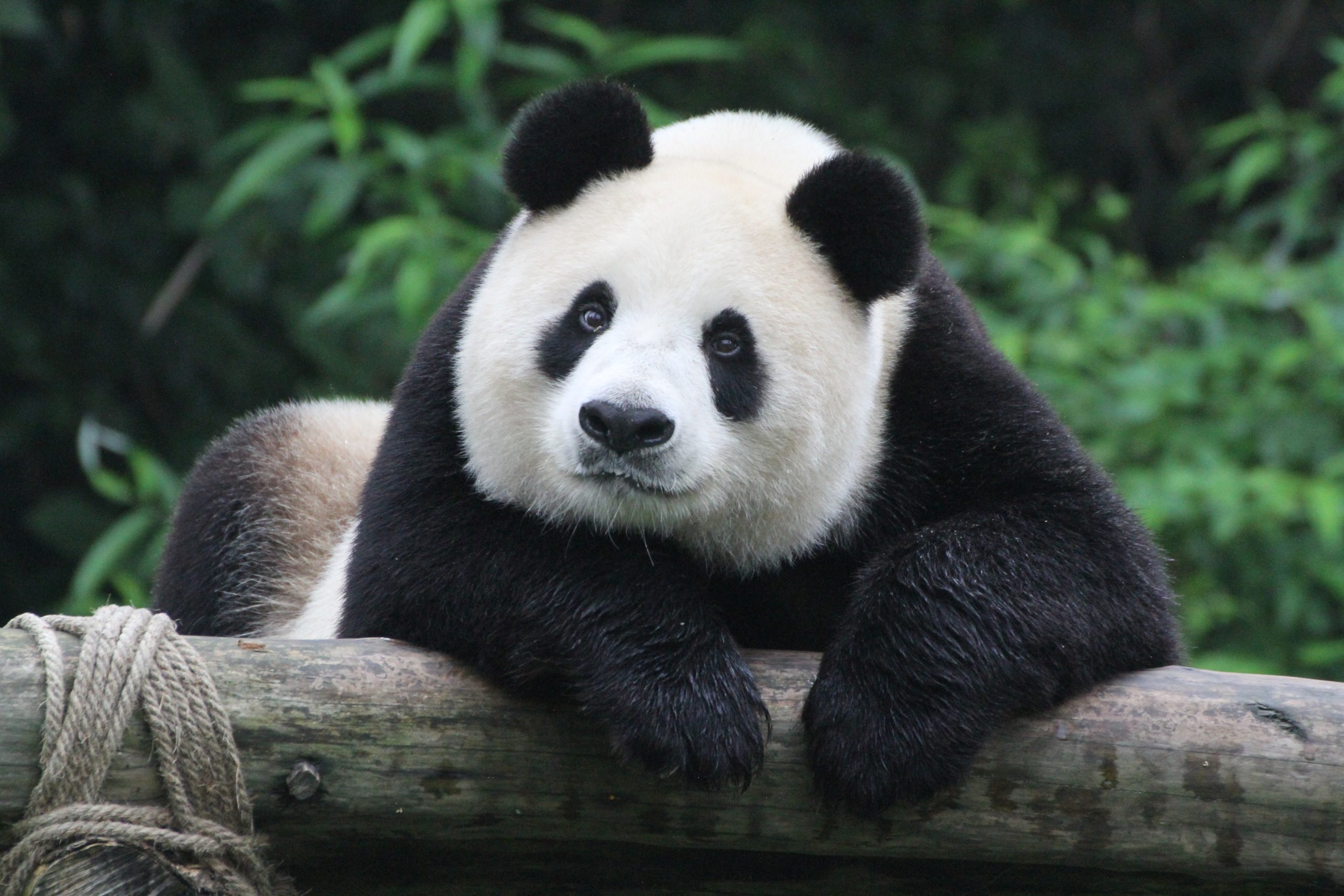Su Lin & Zhen Zhen soon will move to China

When Bai Yun and Shi Shi arrived in San Diego from China, back in September of 1996, the San Diego Zoo made it clear that it was committed to giant panda conservation. Bai Yun and Shi Shi captured the public’s attention, and the problems we encountered trying to get this mismatched couple to breed, mirrored the predominate conservation problem that researchers were trying to tackle at facilities in China: How do you get giant pandas to breed in a captive setting? How do you get pandas to do what should come naturally? Over the next 10 years, our interdisciplinary panda team worked tirelessly to study all aspects of reproduction, apply what we learned to the pandas at the San Diego Zoo, and develop a two-way exchange of knowledge with our partners at the Wolong Breeding Center in Sichaun, China. In 1996, only two females gave birth at the Wolong Center. Although captive breeding was only one component of the conservation puzzle, it was clear that without a self-sustaining and genetically diverse captive population, the ultimate goal of reintroducing pandas to the wild would never come to fruition. But how quickly things have changed!
By the time I traveled to Wolong for the first time in the winter of 2000, the breeding center was enjoying a record-setting number of recent giant panda births (11 cubs!), and the San Diego Zoo’s Hua Mei, conceived through artificial insemination, was charming Zoo visitors and giving us a lot to study in the realm of panda cub development. The studies of panda behavior, reproductive physiology, genetics, and animal husbandry had all come into play to support the success at the San Diego Zoo, as well as those at the Wolong Breeding Center.
Over the years, we (the panda team, visitors to the Zoo, and panda fans) have developed an incredible connection to and love of the pandas that have been born and raised in San Diego. Hua Mei’s departure from the San Diego Zoo marked our first experience with sending a San Diego-born panda to China. She was followed by Mei Sheng in 2007. Although we all knew it was for the best, it was a tough pill to swallow, and Hua Mei and Mei Sheng were sorely missed. Looking back now, however, with seven cubs representing Bai Yun and (the completely unrepresented) Shi Shi’s genetic make-up, we are very, very proud to have contributed to the broader needs of giant panda conservation.
Zhen Zhen
Soon, both Su Lin and Zhen Zhen will follow in older siblings Hua Mei and Mei Sheng’s footsteps. As I write this, I can tell you that I will miss these two bears! Su Lin is five years old, and has already experienced her first fully developed estrus cycle, and is more than ready to join the conservation breeding program at the Wolong Nature Reserve Giant Panda Bi Feng Xia Base. Zhen Zhen is three years old now, and will embark on her panda adolescence as part of the panda program at Bi Feng Xia as well. Both Su Lin and Zhen Zhen have made incredibly valuable contributions to our research program and have contributed ground-breaking data on panda hearing sensitivity. These data will allow us to better estimate how noise from human activities may impact giant pandas in the wild. Collecting these data allowed keepers and researchers to work with both of these beautiful bears, up close and personal, on a daily basis. What a pleasure that has been!
As the drive to learn conservation-relevant knowledge of giant pandas shifts from captive propagation to reintroduction, we are excited that the pandas of San Diego will become a part of this larger conservation effort. Who knows? Maybe in the not-too-distant future, one of Gao Gao and Bai Yun’s descendents will one day be born in a large old-growth tree den high in the mountains near Wolong. That image alone is enough to bring a smile to my face and makes me truly feel that the Giant Panda Team, and supporters of the San Diego Zoo’s pandas, have much to be proud of.
In preparation for their new adventure, Su Lin and Zhen Zhen will not be in public view beginning Monday, August 16, while they continue a training program that helps prepare them for the changes ahead. Their mother Bai Yun and her one-year-old cub Yun Zi will continue to be seen at the San Diego Zoo.
Megan Owen, conservation program specialist for the San Diego Zoo Institute for Conservation Research.
Source: www.sandiegozoo.org

Related Posts
 2024-06-26Yun Chuan and Xin Bao moved to San Diego
2024-06-26Yun Chuan and Xin Bao moved to San Diego 2024-04-26San Diego Zoo's new panda pair
2024-04-26San Diego Zoo's new panda pair 2024-02-22San Diego Zoo Wildlife Alliance and China Wildlife Conservation Association Sign a New Cooperative Agreement for Giant Panda Collaboration
2024-02-22San Diego Zoo Wildlife Alliance and China Wildlife Conservation Association Sign a New Cooperative Agreement for Giant Panda Collaboration 2019-04-16Tree Dens Play a Critical Role for Giant Panda Mothers Rearing Cubs
2019-04-16Tree Dens Play a Critical Role for Giant Panda Mothers Rearing Cubs





